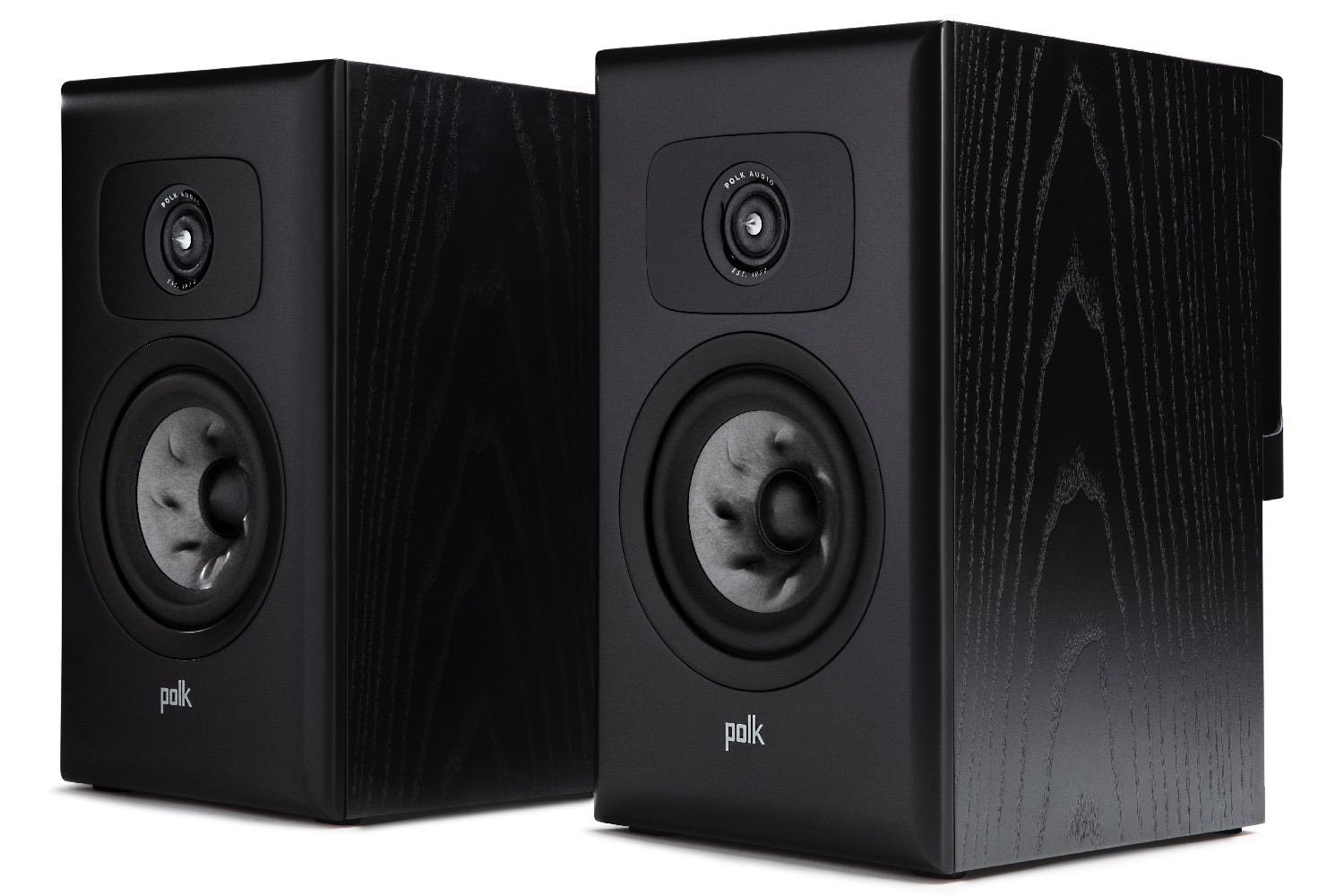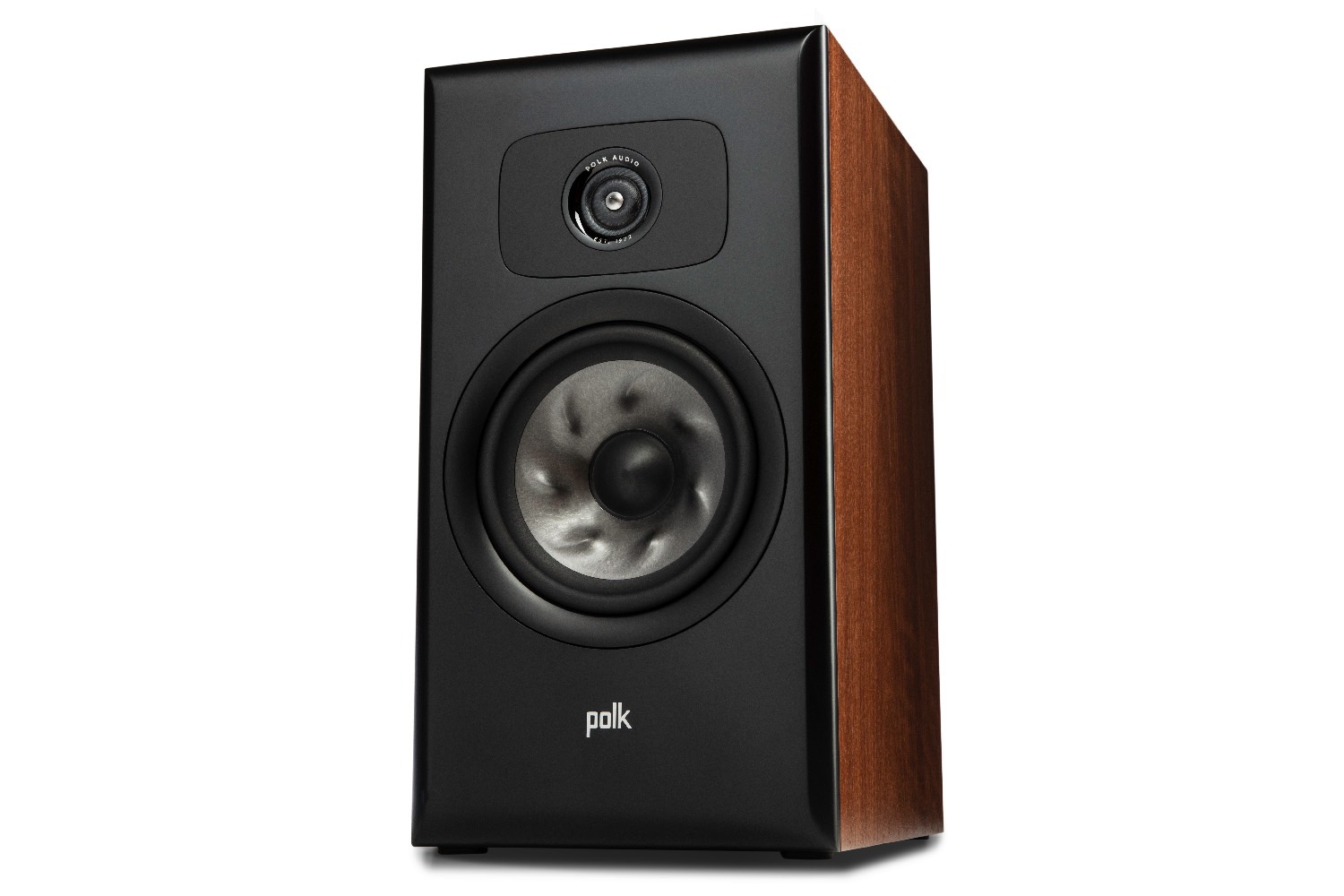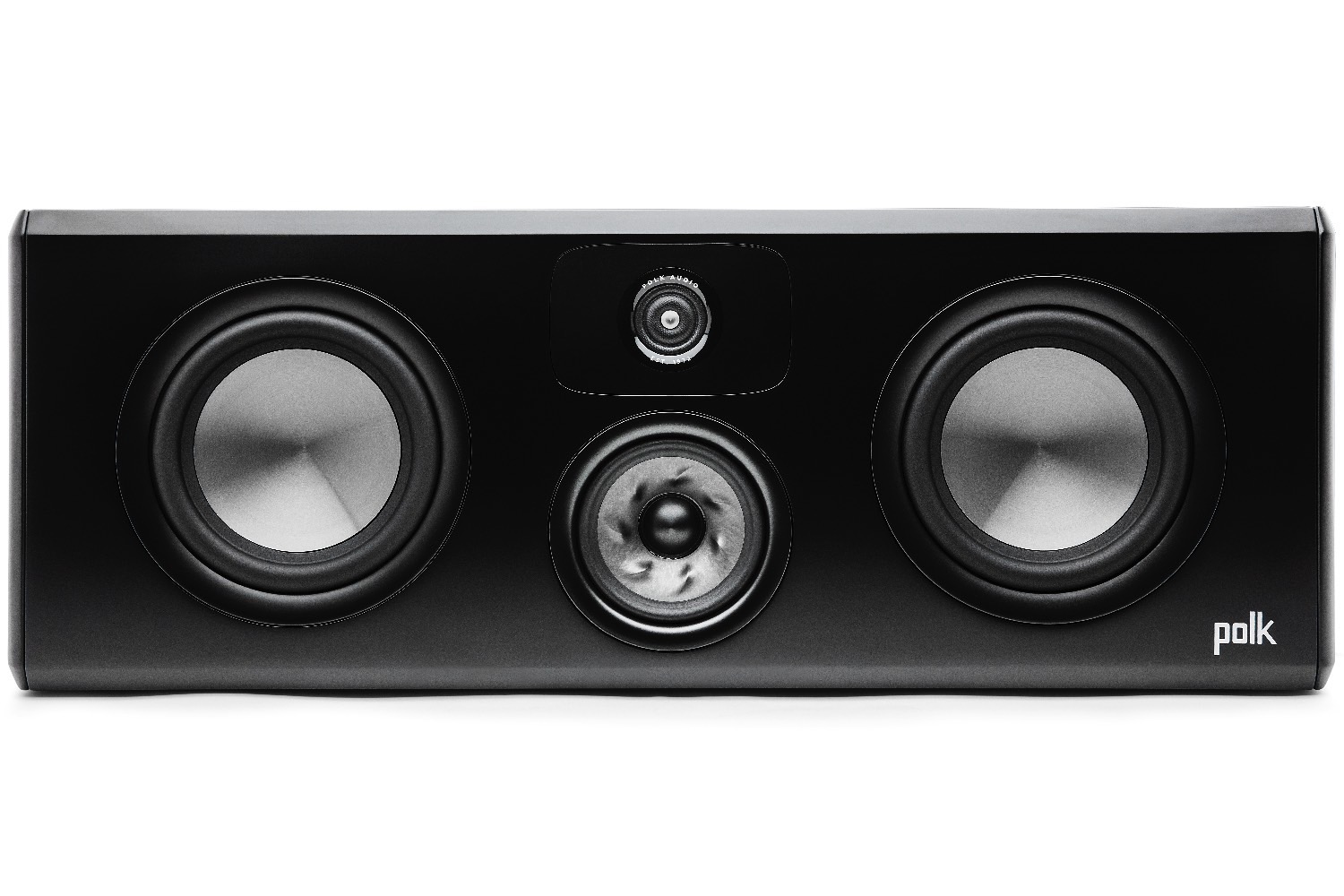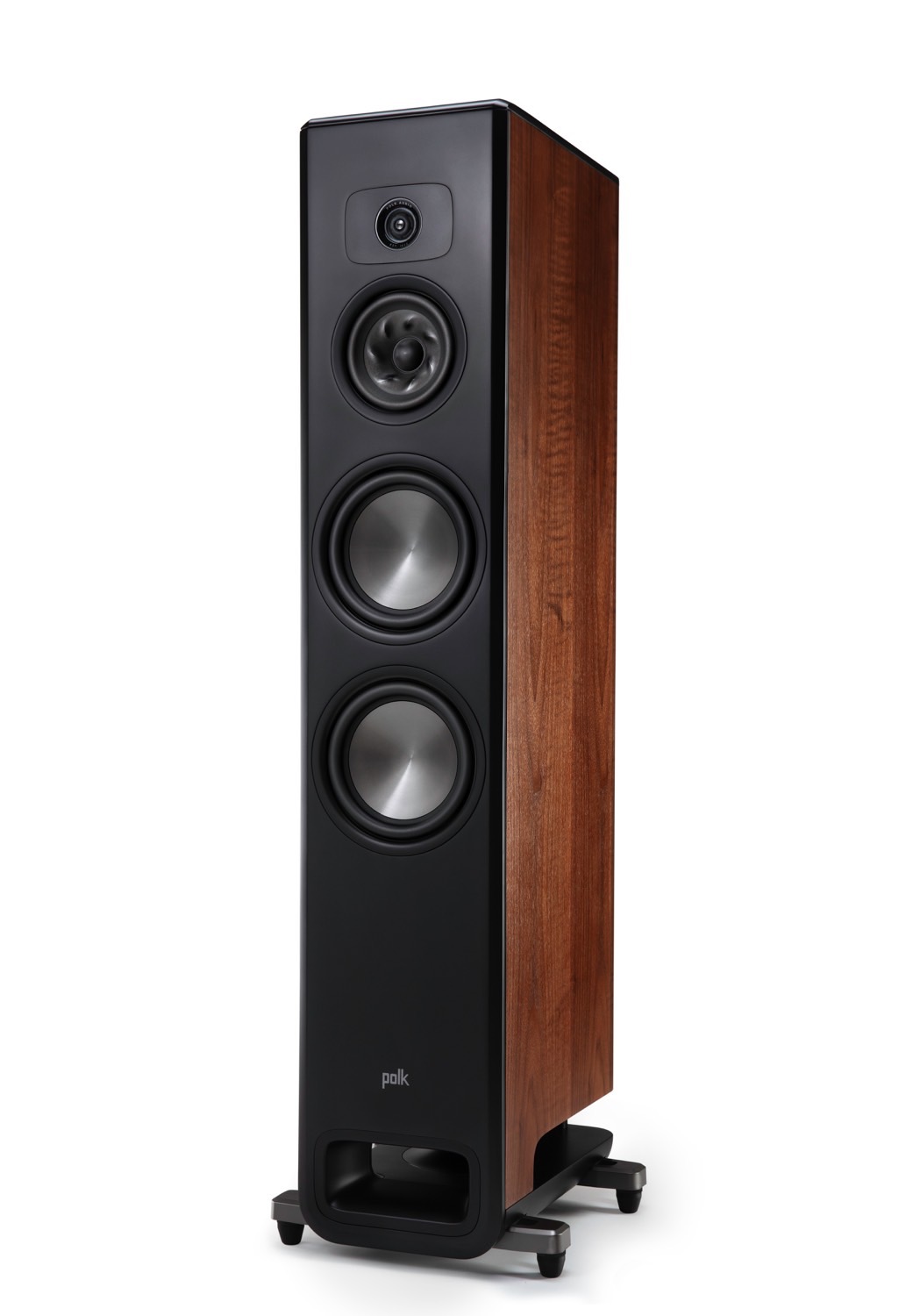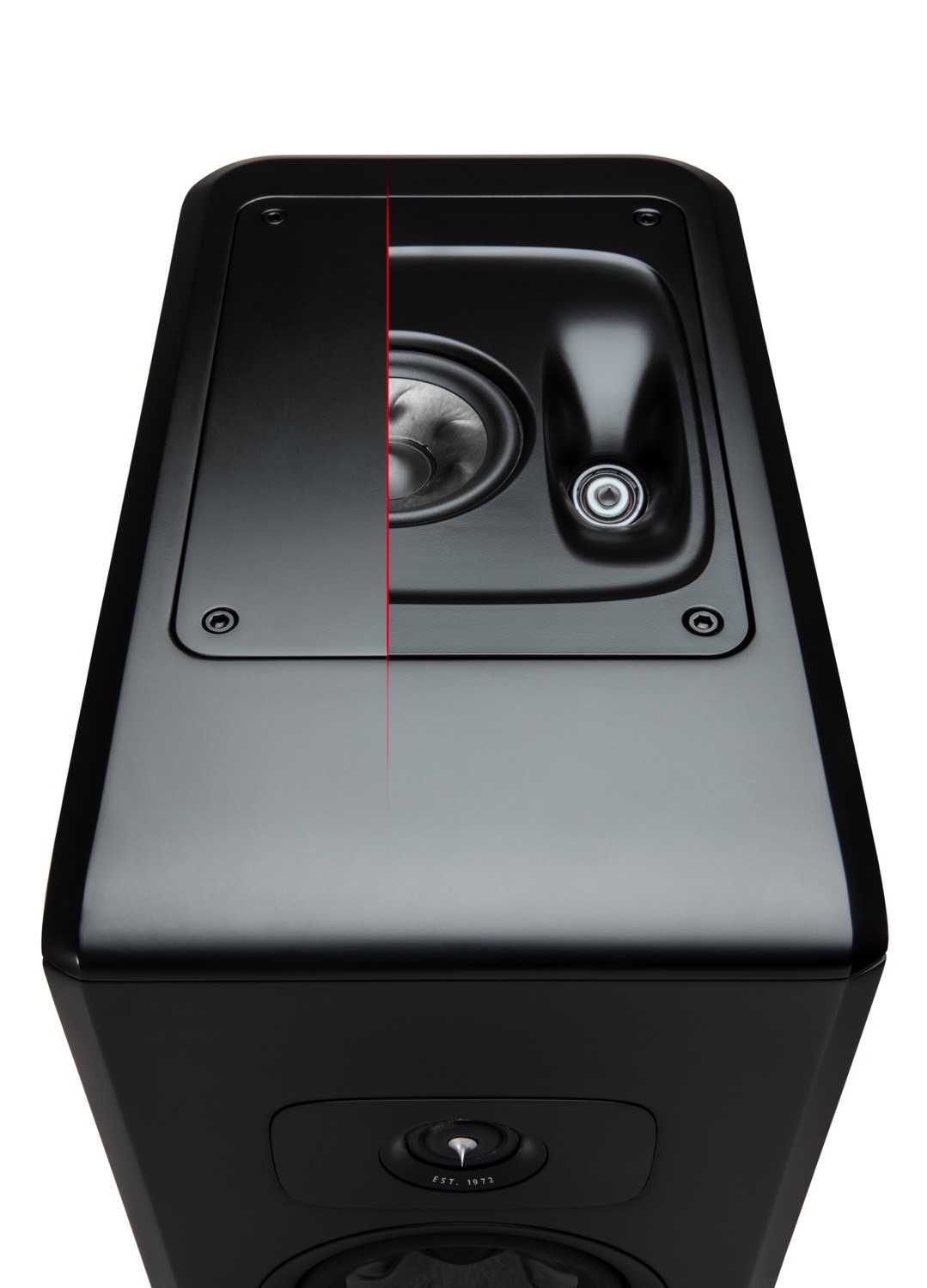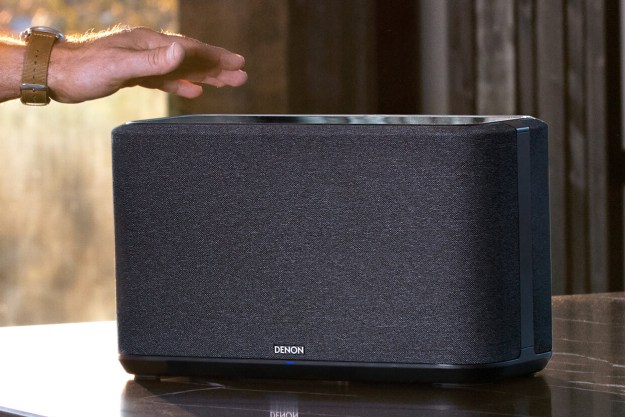We’ve been impressed in the past by Polk Audio’s ability to deliver great sound at prices that mere mortals can usually afford. Its Signature series is a great example. However, the company’s latest release, the new, top-of-the-range Legend speaker series, goes for considerably more money, with the least expensive set of bookshelves costing more than the most expensive Signature floor-standing models. It’s a speaker range designed for all types of listening, from critical stereo monitoring to sofa-shaking home theater.
The Legend series is comprised of six models: The $1,199-per-pair L100 5.25-inch bookshelf speakers, the $1,799/pair L200 6.5-inch bookshelf speakers, the $1,799 L400 center channel speaker, the $1,999 (each) L600 tower speakers, the $2,999 (each) L800 SDA tower speakers, and the $599/pair L900 Height/Elevation module for Dolby Atmos/DTS:X, which can be inserted into either the L600 or L800’s cabinets. Curiously, Polk has chosen not to include a matching Legend subwoofer at this time.
If you’re going to charge premium pricing for your products, you had better be able to justify that move with some equally premium features. Polk claims it has done just that, with nearly every aspect of the Legend series having been tweaked, improved, or outright reinvented from its other speaker lines. “The Legend Series represents the most sophisticated and intensively engineered loudspeakers the company has ever introduced,” Polk says in a press release.
The company points to materials as one area that has undergone a considerable upgrade. Gone are the plastic and vinyl from the Signature series. The Legends are made from black and brown varieties of real wood, giving them a much richer feel. Those wood speaker cabinets use rigid bracing and structure to control vibration and eliminate unwanted audible distortion. Other improvements include:
- A new tweeter design Polk calls Pinnacle Ring Radiator Tweeters, so-called for its unique waveguide, which the company claims can dramatically improve the dispersion of high-frequency energy, ensuring a broad “sweet spot.”
- “Turbine Cones,” which marry Polk’s foam core and a new molded Turbine geometry. It’s designed to increase stiffness and damping without adding mass, which Polk says will result in a smooth, detailed midrange and effortless bass.
- An enhanced Power Port design, which both reduces port noise and increases the amount of bass that ultimately makes it to listeners’ ears.
Polk has also spent time refining its Stereo Dimensional Array (SDA) technology, which cancels out a kind of natural distortion caused by stereo speakers known as interaural crosstalk (IAC). The new version, known as SDA-PRO, is only on the L800 towers. It incorporates a special “Head Shadow” filter that Polk says more exactly matches — and therefore cancels out — IAC. The L800’s 15-degree angled baffles aim the drivers more precisely toward the listener, eliminating the need to “toe-in” the loudspeakers, according to Polk.
Most of the Legend Series stereo products go on sale October 1, with the L800 SDA tower available November 3 at select Polk Audio dealers only.
Editors' Recommendations
- Dolby Atmos FlexConnect could eliminate home theater soundbars and HDMI cables
- KEF’s R Series Meta speakers absorb noise like an acoustic black hole
- New leak hints at Sonos’ future: Bluetooth, spatial audio, and lots more home theater
- Enclave Audio now makes the most powerful Roku TV wireless speakers
- Google Nest Audio is a proper successor to the aging Google Home smart speaker


